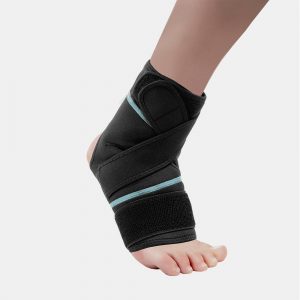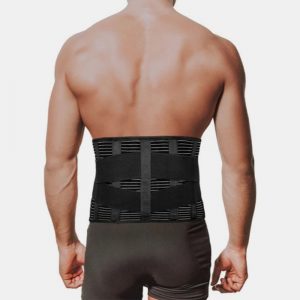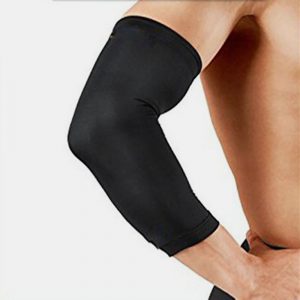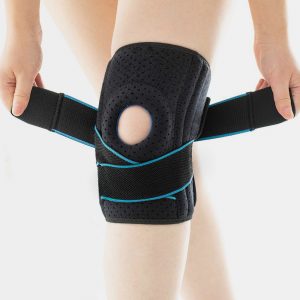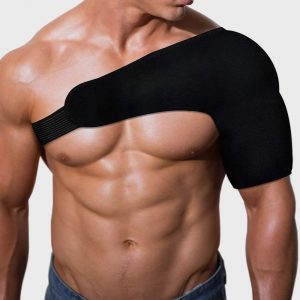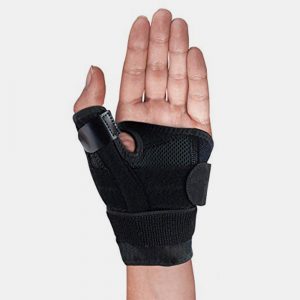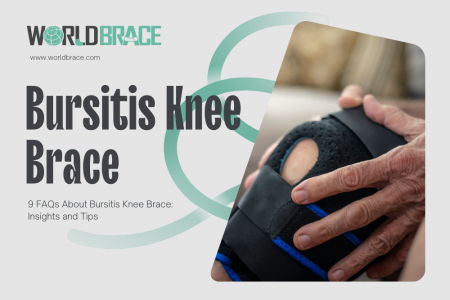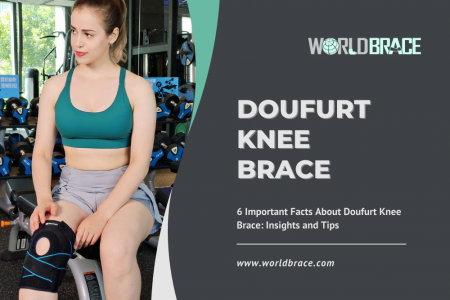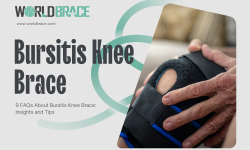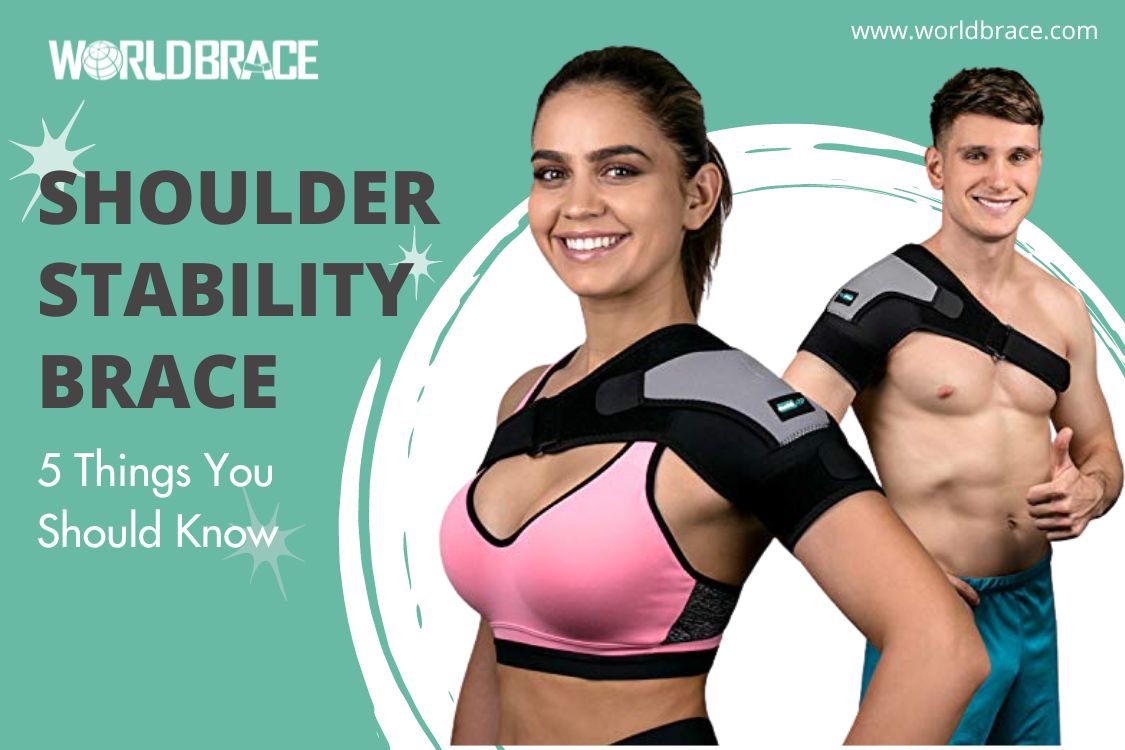
The Importance of Shoulder Stability
Shoulder stability plays a crucial role in maintaining proper shoulder function. The shoulder is one of the most mobile joints in the body, allowing for a wide range of movements, but this mobility comes at the cost of stability. Without proper stability, the shoulder is prone to injury, pain, and dysfunction. Shoulder stability refers to the ability of the muscles, ligaments, and tendons around the shoulder joint to keep it in place during movement.
There are different types of shoulder instability, including traumatic instability, atraumatic instability, and multidirectional instability. Traumatic instability occurs as a result of a sudden injury, such as a dislocation or a fracture, while atraumatic instability occurs without any specific injury or trauma. Multidirectional instability is the result of laxity or looseness in the shoulder joint and can be caused by repetitive overhead activities, genetic factors, or connective tissue disorders.
A shoulder stability brace can help manage shoulder instability by providing support to the joint and limiting excessive movement. The brace can help prevent further injury and promote healing by reducing stress on the joint. It can also help improve proprioception, the body’s sense of joint position and movement, which is essential for maintaining stability.
Identifying Your Specific Needs
When it comes to choosing a shoulder stability brace, there are several factors to consider to ensure that you select the best option for your specific needs.
- Determine the level of support required.
Depending on the severity of your injury or condition, you may need a brace with more or less support. A doctor or physiotherapist can help you determine the appropriate level of support.
- Consider the type of injury and lifestyle considerations.
For example, if you are an athlete or have an active lifestyle, you may require a brace that is lightweight and allows for a full range of motion. Alternatively, if you have a more serious injury or a job that requires heavy lifting, you may need a brace with more rigidity and stability.
- Other factors to consider
Other factors to consider when selecting a shoulder stability brace include the fit and comfort of the brace, the materials used, and the cost. It is important to choose a brace that fits properly and is comfortable to wear for extended periods. Additionally, you should consider the materials used to ensure that the brace is durable and will provide the necessary support.
Ultimately, by identifying your specific needs and considering these factors, you can choose a shoulder stability brace that will provide the right level of support for your injury or condition and allow you to maintain your lifestyle.
Choosing the Right Type of Shoulder Stability Brace
Shoulder stability braces are used to help prevent and manage shoulder injuries, and there are several types available on the market. Understanding the different designs, functions, and materials of these braces can help you choose the right one for your needs.
- Types of Shoulder Stability Braces:
Compression sleeves: These braces are made of stretchy materials and are designed to provide compression to the shoulder joint. They are lightweight and easy to wear but may not provide enough support for severe shoulder injuries.
Shoulder immobilizers: These braces limit movement in the shoulder joint and are typically recommended for post-surgical or severe shoulder injuries. They are made of sturdy materials like neoprene or breathable fabrics and can be worn under clothing.
Shoulder slings: These braces support the weight of the arm and limit movement in the shoulder joint. They are often recommended for injuries like rotator cuff tears or shoulder dislocations and can be worn for extended periods.
Shoulder stabilizers: These braces have additional straps and support structures to limit movement in specific directions. They are typically recommended for athletes or individuals with unstable shoulders.
- Recommendations for Specific Types of Braces:
For mild shoulder injuries or general support during physical activity, a compression sleeve may be sufficient.
For severe shoulder injuries or post-surgical recovery, a shoulder immobilizer or sling may be recommended.
For athletes or individuals with unstable shoulders, a shoulder stabilizer may provide the necessary support.
Proper Fitting and Adjustment
Shoulder stability braces are crucial for individuals who experience shoulder instability or have suffered from an injury. However, their effectiveness heavily relies on proper fitting and adjustment. Here are some key points to consider:
- Importance of Proper Fitting and Adjustment
Wearing an improperly fitted brace can lead to discomfort, skin irritation, and limited range of motion. In contrast, a properly fitted brace can provide optimal support and stability, enhancing the healing process and allowing for better performance.
- Measuring and Choosing the Correct Size of Brace
To measure your shoulder, start by standing up straight and relaxed, and measure around the fullest part of your chest, just below your armpits. Then, measure from the midpoint of your shoulder to your elbow. These measurements will help you select the appropriate size of the shoulder brace based on the manufacturer’s sizing chart.
- Proper Adjustment for Maximum Comfort and Support
Once you have the correct size brace, make sure to adjust it properly. Start by loosening all the straps and placing the brace over your affected shoulder. Adjust the chest strap so that it fits snugly around your chest, and then adjust the shoulder strap so that it sits comfortably on your shoulder. Lastly, adjust the bicep strap and forearm strap, ensuring that they fit snugly but not too tightly. You should be able to move your shoulder freely without any pinching or rubbing.
Maintenance and Care
- Proper Care and Maintenance
- Follow the manufacturer’s instructions for the use and care of the brace.
- Check the brace regularly for signs of wear and tear.
- Ensure the straps are not too tight or too loose, and adjust them as needed.
- Avoid exposing the brace to extreme temperatures or direct sunlight.
- Do not machine wash or dry the brace.
- Cleaning and Storage
- Clean the brace after each use with a mild soap and water.
- Allow the brace to air dry completely before storing it.
- Store the brace in a cool, dry place away from direct sunlight.
- Replace the brace if it becomes worn or damaged.
- Extending the Life of Your Brace
- Avoid using the brace for activities that it is not designed for.
- Do not overuse the brace, as this can cause discomfort and increase the risk of injury.
- Rotate the brace with other supports to prevent excessive wear.
- If you are experiencing discomfort or pain while wearing the brace, speak with your healthcare provider to ensure that it is still the right fit for you.
Conclusion
In conclusion, shoulder stability braces can be a helpful tool for individuals with shoulder injuries or instability. When choosing a brace, it’s important to consider the level of support needed, the type of activity being performed, and personal comfort preferences. It’s also important to use the brace as directed and to work with a healthcare professional to develop a comprehensive treatment plan. With the right brace and care, individuals can reduce pain and improve shoulder function, allowing them to continue pursuing their favourite activities with confidence.

